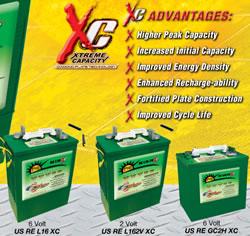Core Highlights: Europe’s C&I and Data Center Storage Drive Global Growth
Overseas markets are the primary profit source for China's energy storage firms, with Europe's commercial & industrial (C&I) energy storage and data center storage as the largest, most certain growth drivers. The global market is diversified, expanding across Europe, Southeast Asia, Australia, and the Middle East. The U.S. faces short-term trade barrier impacts but benefits from "safe harbor" projects pre-2025, with data centers boosting demand. Europe's mature C&I market sees strong needs, while China's policy shifts (capacity tariffs) promise robust domestic demand. Data center storage is a high-potential segment: U.S. data centers may account for 9% of electricity use by 2030. Storage solves grid strain, accelerates connections, enables green energy, and cuts costs (electricity makes up over 50% of data center expenses). The U.S. data center storage market could hit 120-250 GWh by 2030, offering massive growth.
Overseas markets drive the core profit growth for China's energy storage companies, with household energy storage, large-scale energy storage, and commercial & industrial (C&I) energy storage as major contributors. Among global segments, Europe's C&I energy storage and data center energy storage stand out as the largest and most certain growth drivers, forming a dual engine for the industry.
Europe's mature C&I storage market leads with strong demand, while Australia and the Middle East also see rapid growth driven by new energy project auctions. In China, policy shifts—provincial capacity tariff policies following the cancellation of mandatory storage requirements—signal stronger-than-expected and sustainable domestic demand.
Data center storage emerges as a high-potential blue ocean. U.S. data centers are projected to account for 9% of total electricity use by 2030, with their volatile and high-instant-power loads straining grids and causing connection backlogs. Energy storage systems, deployable in 1-2 years (faster than grid expansion), reduce grid connection requirements and accelerate approval.
For data centers, storage delivers triple value: stabilizing power loads to enhance grid reliability, enabling 100% renewable energy adoption for sustainability goals, and cutting operational costs (electricity accounts for over 50% of total expenses) via peak-shaving and valley-filling. The U.S. data center storage market alone is estimated to reach 120-250 GWh by 2030, nearly doubling current U.S. total storage demand and offering vast growth space.
Featured Product

